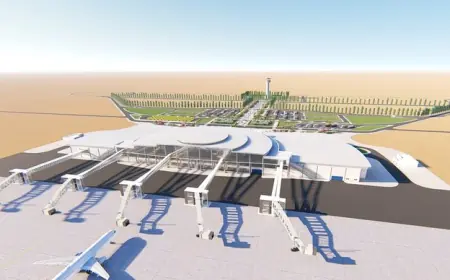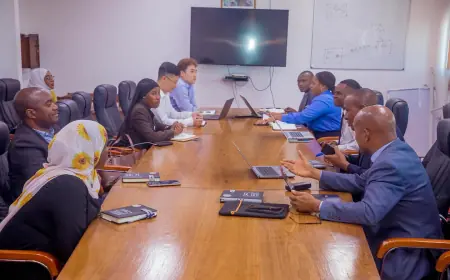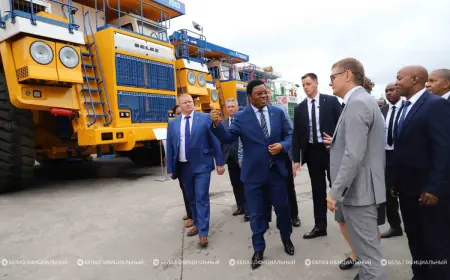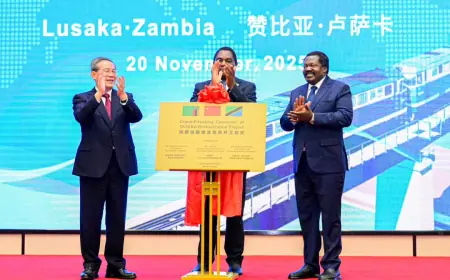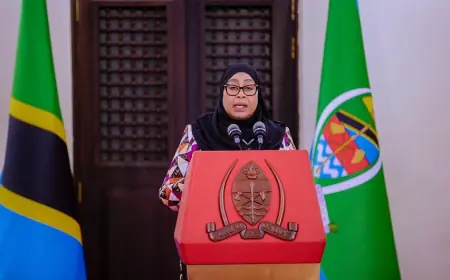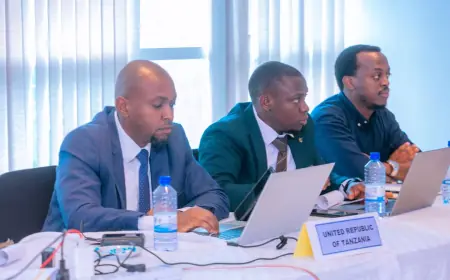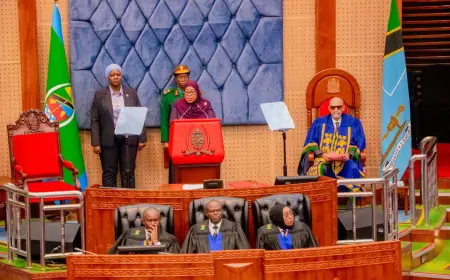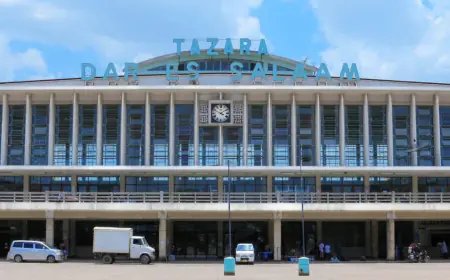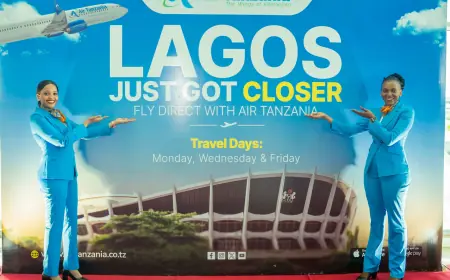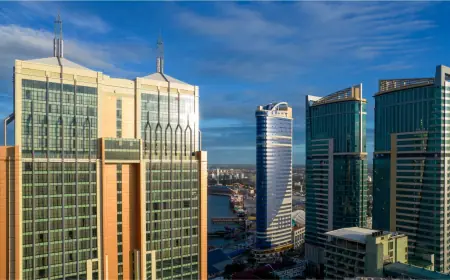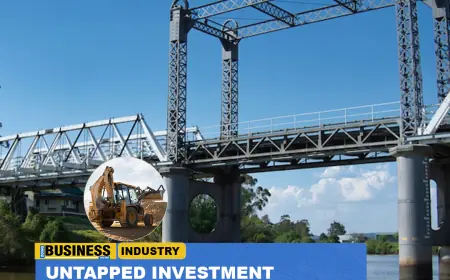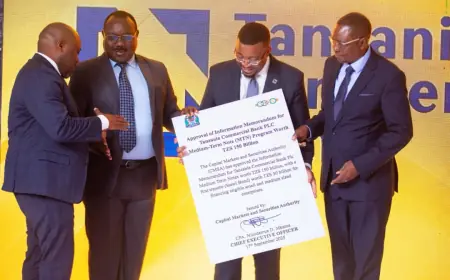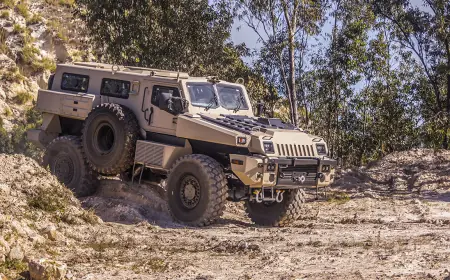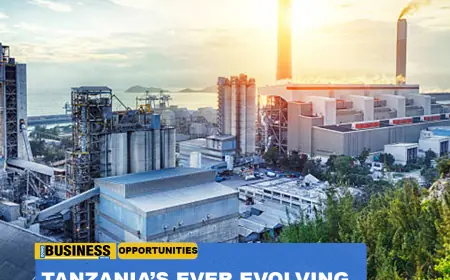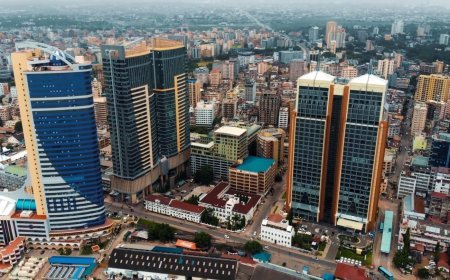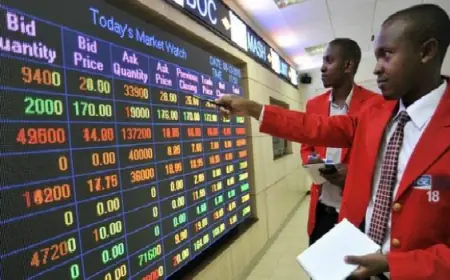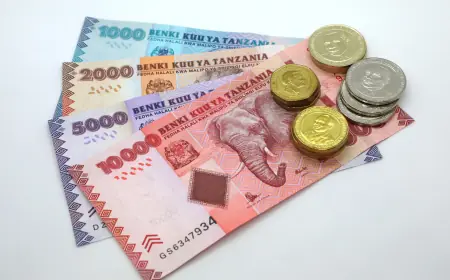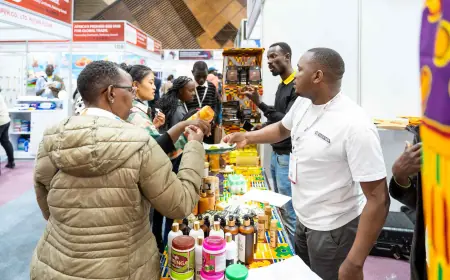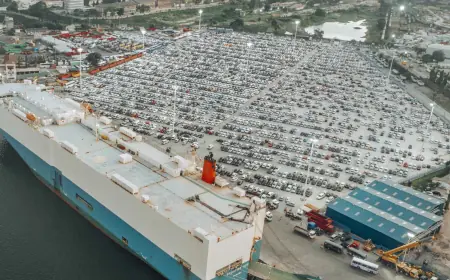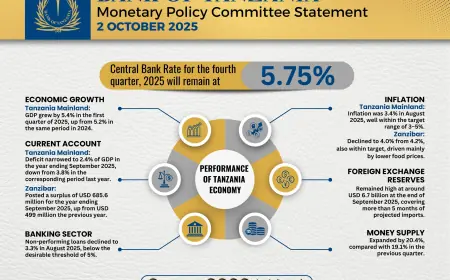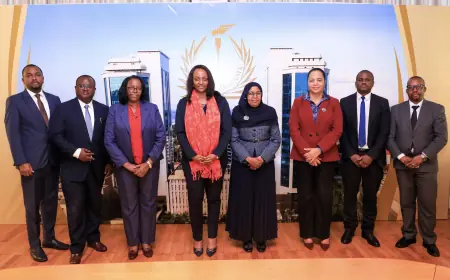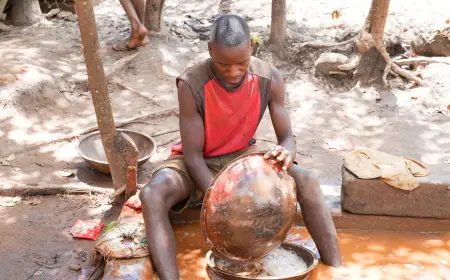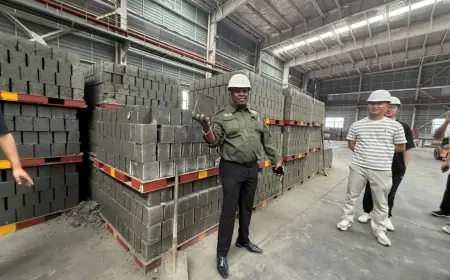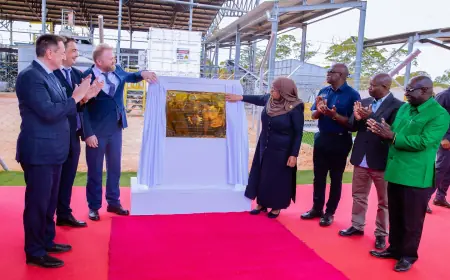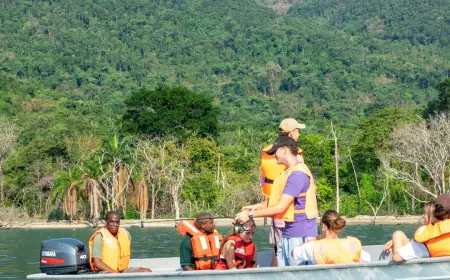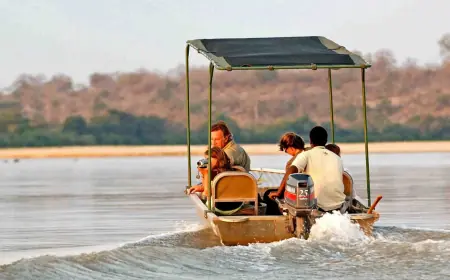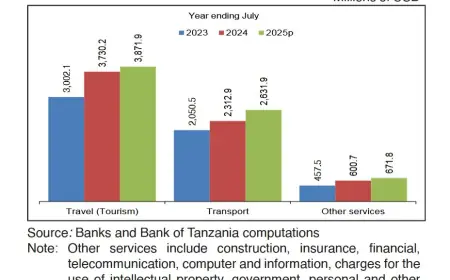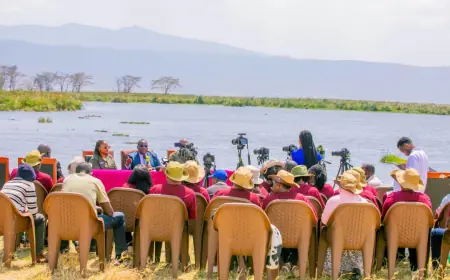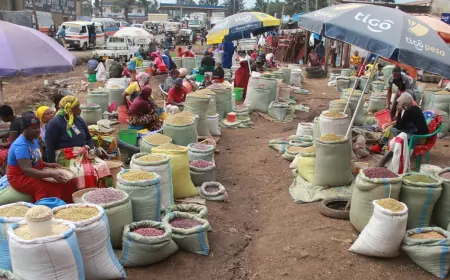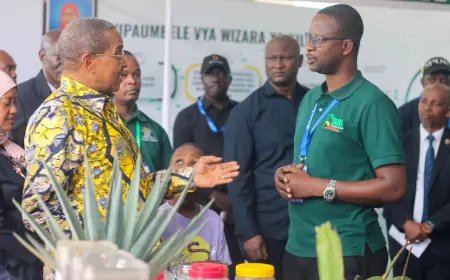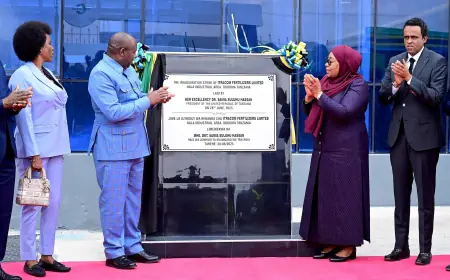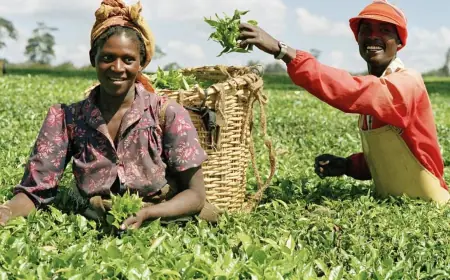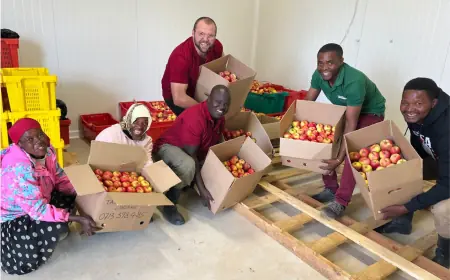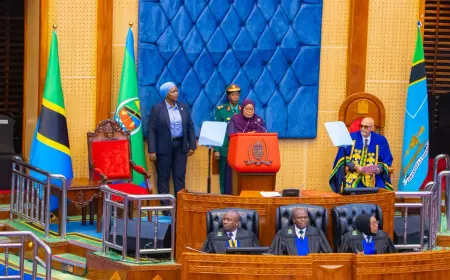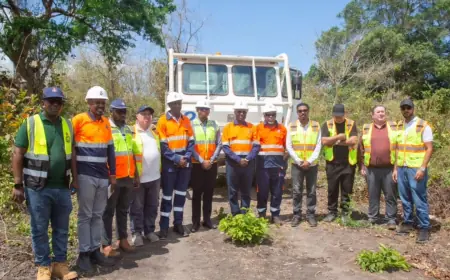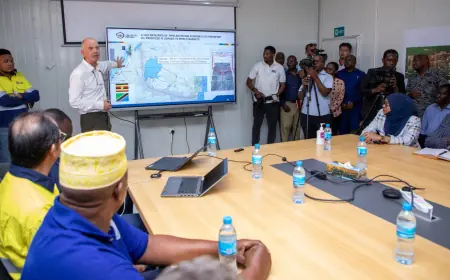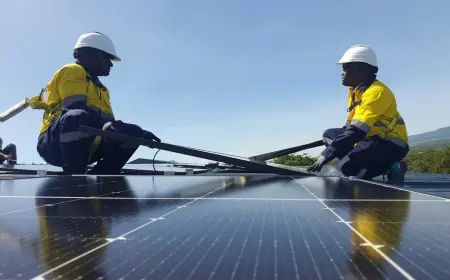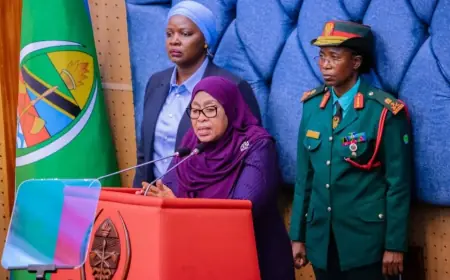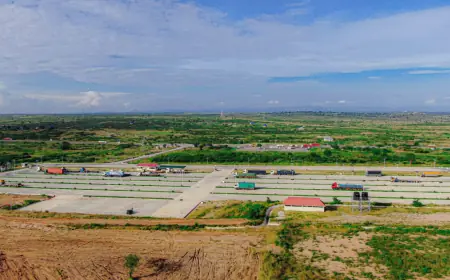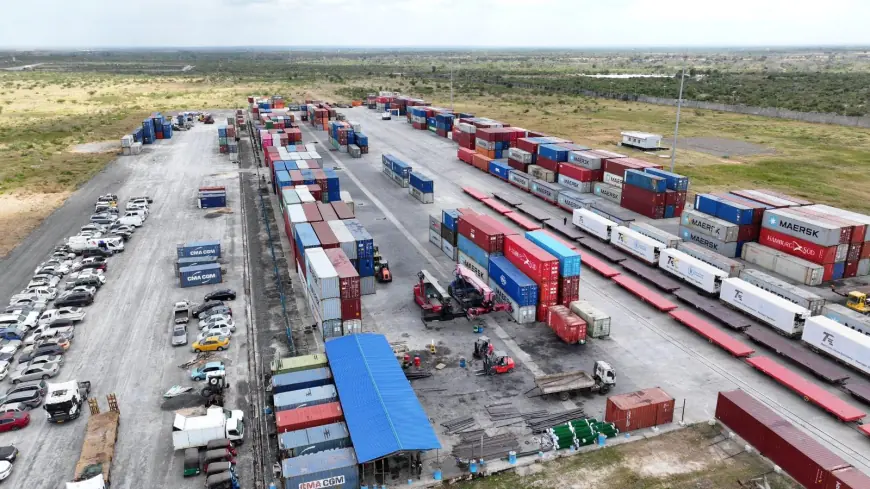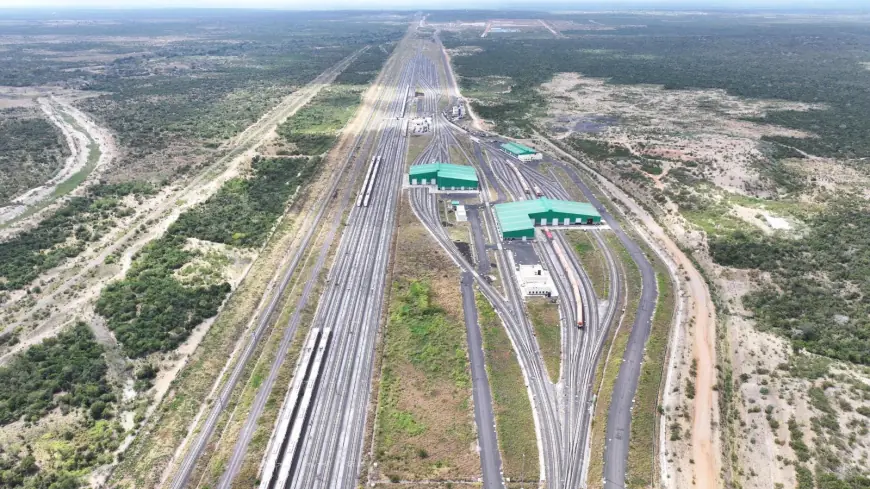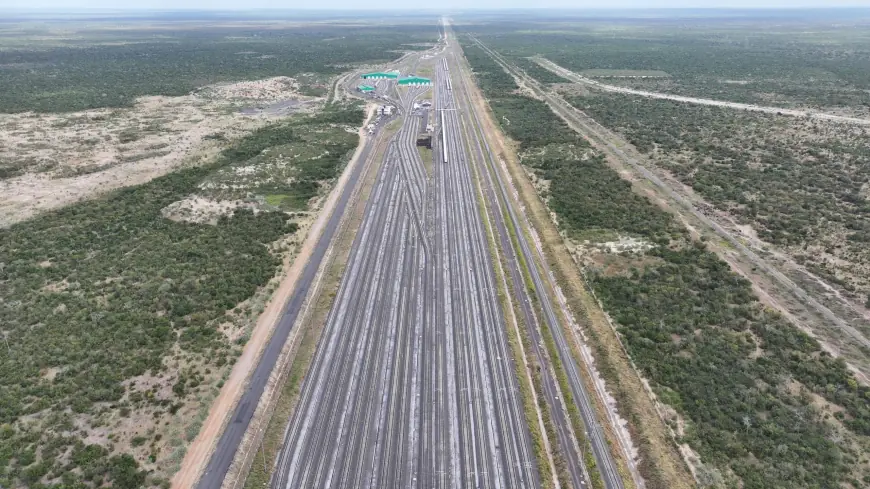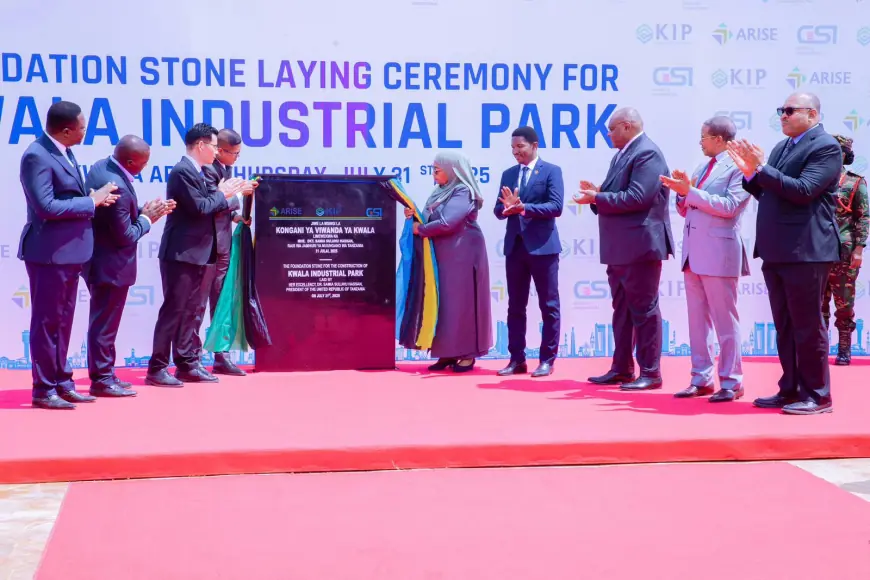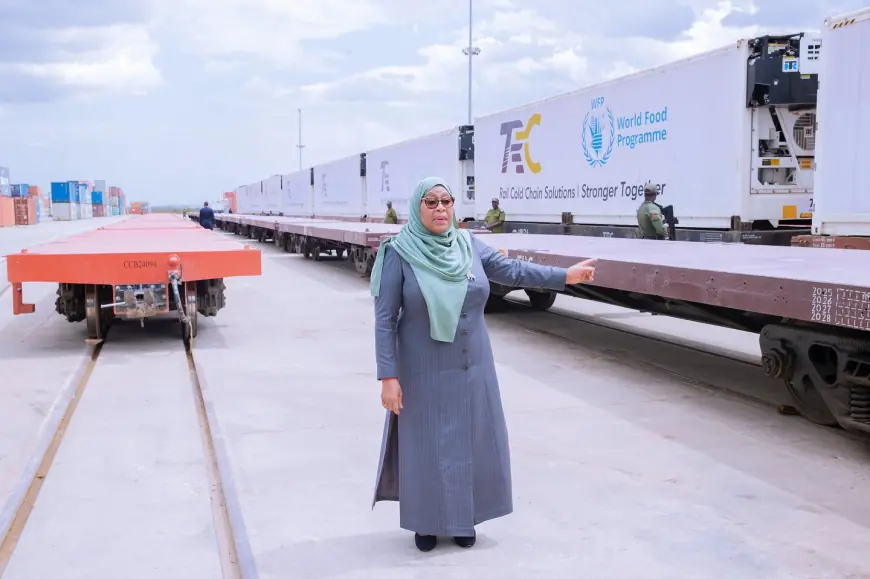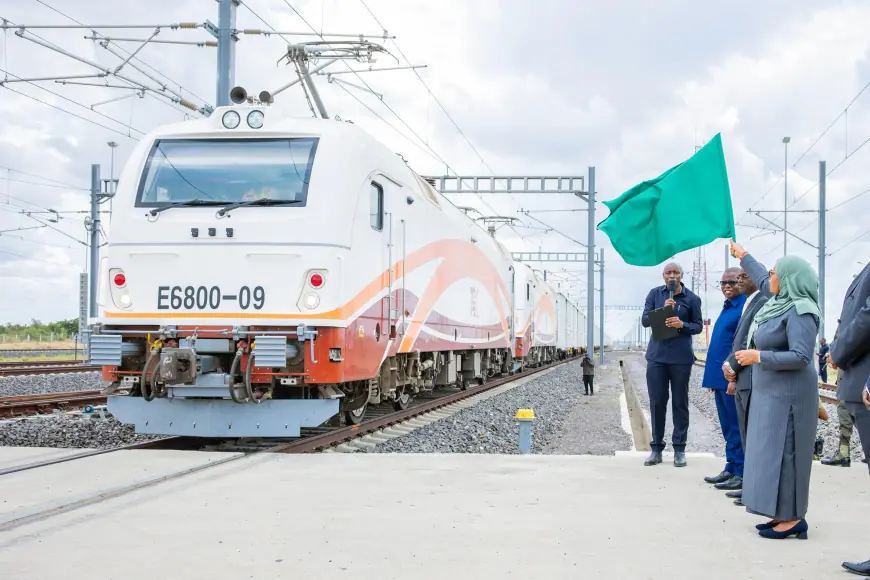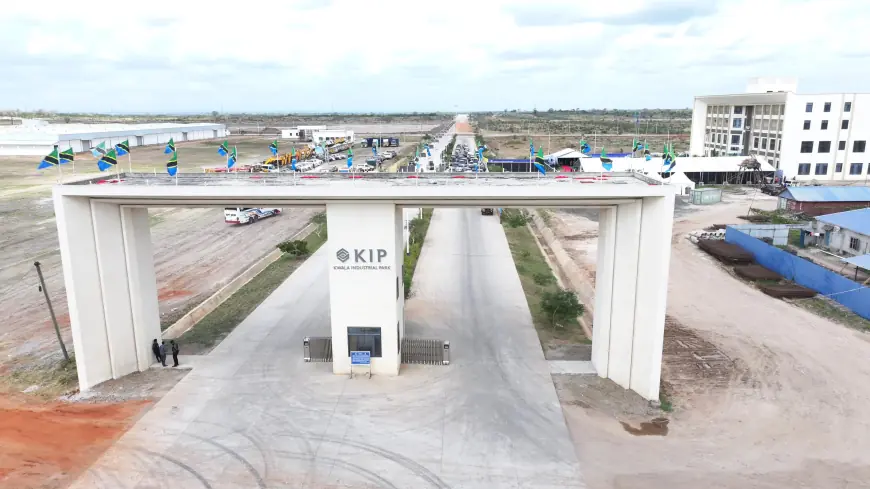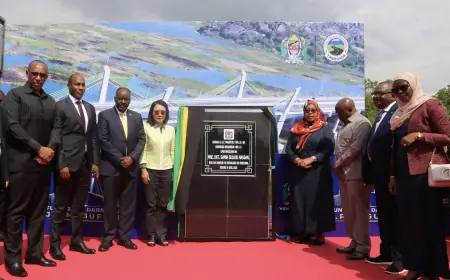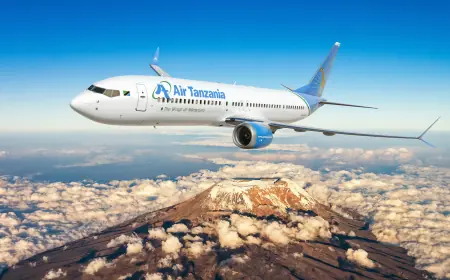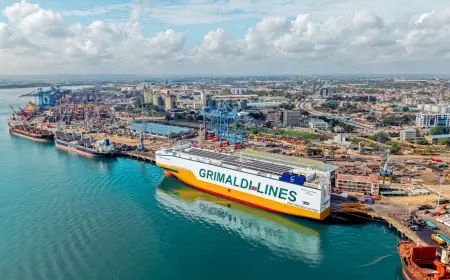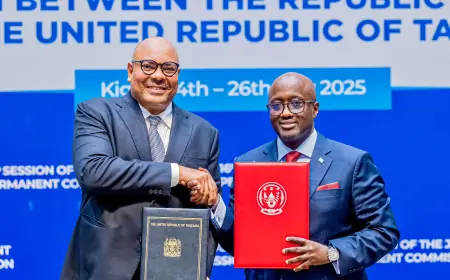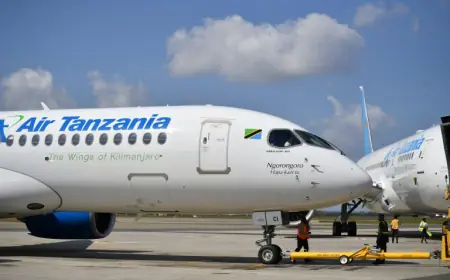How Kwala logistics hub could unleash Coast Region’s industrial potential
Tanzania's new Kwala International Logistics Centre is set to transform the Coast Region into a major industrial hub. The vast dry port will alleviate congestion at Dar es Salaam and position Tanzania as a leading regional trade centre.
Kibaha, Coast Region. A logistics and industrial revolution is unfolding quietly but decisively in Tanzania’s Coast Region.
Long recognised for its strategic geographic position and proximity to a consumer base of more than four million people in the bustling urban sprawl of Dar es Salaam city as well as to key transport corridors, including the Port of Dar es Salaam, the Julius Nyerere International Airport, the Coast Region has gradually evolved into an industrial magnet.
Yet, it is the emergence of the Kwala International Logistics Centre (KILC) in Kibaha District that promises to unleash the full magnitude of the region’s industrial potential.
A game-changing project in scale, ambition, and strategic importance, the KILC is poised to transform Tanzania’s logistical architecture, reduce congestion at the Dar es Salaam Port, and secure the country’s place as a dominant regional trade and transport hub, particularly as the African Continental Free Trade Area (AfCFTA) begins to redefine intra-African commerce.
Kwala Dry Port
At the heart of KILC is the Kwala Dry Port and a state-of-the-art rail marshalling yard capable of handling both metre gauge (MGR) and standard gauge railway (SGR) freight operations.
The facility is the first of its kind in Eastern and Central Africa and marks a significant milestone in Tanzania’s ambitions to modernise its transport infrastructure.
The marshalling yard, with the rare ability to assemble freight trains up to two kilometres in length, can handle and store cargo weighing over 86,000 tonnes at any given time.
It also includes dedicated areas for the maintenance and repair of wagons and locomotives—creating a full-service logistics environment designed to support uninterrupted cargo flows.
Located 90 kilometres from the Port of Dar es Salaam, the Kwala Dry Port covers a vast expanse of 502 hectares, five times the area of the Dar es Salaam Port itself.
The site was selected deliberately for its favourable geography and government-owned land free from encumbrances, enabling rapid development and efficient operations.
The dry port currently has the capacity to handle 823 containers per day, equivalent to approximately 339,500 containers annually, or about 30 percent of the entire container throughput of the Dar es Salaam Port.
According to director general of the Tanzania Ports Authority (TPA) Mr Placidus Mbossa, 120 hectares of the dry port have already been cleared.
However, fencing has so far been completed on just 60 hectares, with five hectares concreted and ready for use, capable of accommodating a maximum of 500 containers.
Shifting CIF to Kwala
The Tanzanian government’s vision for the Kwala International Logistics Centre is ambitious: to create a facility so efficient, seamless, and well-integrated that global transporters begin shifting their Cost, Insurance, and Freight (CIF) delivery points from the congested Dar es Salaam Port to Kwala.
In this vision, TPA and the Tanzania Railways Corporation (TRC) will jointly oversee the transfer of outbound and inbound goods between Kwala and the Dar es Salaam port, using both Tazara, MGR and SGR systems.
Two MGR freight trains, each carrying 40 containers, already arrive at the Kwala facility daily.
“We have started with containers that had overstayed at Dar es Salaam. But fresh transit cargo—especially that destined for the Democratic Republic of Congo (DRC)—has also started arriving. All customs clearances for these goods will now be handled at Kwala Port,” said Mr Mbossa.
President Samia Suluhu Hassan, who officially inaugurated the logistics centre on July 31, 2025, issued a directive for all responsible ministries to ensure that the dry port becomes fully operational as soon as possible.
“This will relieve pressure from the Dar es Salaam Port and ease congestion on city roads,” she said, emphasising that Kwala would serve as a key commercial corridor for regional trade.
The significance of KILC stretches beyond Tanzania’s borders. President Samia noted that the dry port would be a vital transshipment point for goods destined for land-linked countries such as the DRC, Zambia, Malawi, Burundi and Rwanda.
As Tanzania positions itself as a hub for regional trade, the Kwala centre enhances the country’s competitiveness and logistical resilience.
During the launch, DRC and Burundi were represented by cabinet ministers, while other nations, including Malawi, sent senior government officials.
Each of these countries has been allocated land within the KILC to construct their own dedicated dry ports, to be connected with both the MGR and SGR railways.
Kwala will also be linked to the MGR, the Tazara railway, which is just 30 kilometres away and the Tanga railway.
It is already linked to the MGR railways and the Dar es Salaam–Morogoro highway, which lies only 15 kilometres away.
There is also a planned linkage to the envisioned Bagamoyo Port to further strengthen the logistical connectivity of the hub.
Infrastructure for Industrialisation
The Kwala logistics hub is not merely a transit zone—it is a fully fledged industrial and commercial ecosystem.
In addition to plots for foreign dry ports, the facility includes designated areas for cold warehouses, container freight stations (CFS), and workshops for logistics-related services.
All relevant government agencies responsible for customs and cargo clearance will be stationed on-site to ensure smooth, rapid processing of goods.
Adjacent to the logistics centre is an industrial park that underpins the government’s push for local value addition and manufacturing growth.
On the same day as the KILC inauguration, President Samia laid the foundation stone for the Kwala Industrial Park, which will ultimately host 200 industries.
Seven industries have already commenced operations, while five more are currently under construction.
The President urged the Ministry of Transport to actively engage the private sector in utilising railway infrastructure to increase transport efficiency.
““With regard to the industrial zone,” she said, “I am directing the investment authority to attract more investors and ensure they are not hindered in their operations. At the same time, they must prioritise the quality of the products being manufactured,” President Samia said.
Coast Region’s Industrial Profile
With the rapid development of the Kwala hub, the Coast Region is reinforcing its position as one of the country’s most vital industrial zones.
The number of factories in the region has grown to 1,681, up from 1,387 just four years ago.
Among these are 97 large industries and 180 medium-sized industries.
The range of operations is as diverse as it is impressive: from medical drip water factories, smartphone and television assembly plants, to steelworks, pharmaceutical facilities, cement plants, agro-processing industries, and marble and floating glass manufacturers.
The Coast Region also proudly hosts Africa’s largest vehicle assembly factory, cementing its status as a powerhouse in both light and heavy industry.
According to the minister of Industry and Trade, Dr Selemani Jafo, the Kwala industrial park occupies an area of 1,000 hectares and is expected to host more than 200 factories, with total investment projected to exceed $3 billion.
It is anticipated that the annual value of goods produced at the site will reach up to $6 billion—of which $2 billion will come from exports, while the remaining $4 billion will serve the domestic market.
“My ministry will closely oversee the vision of Her Excellency President Samia to position Tanzania as a model industrial nation, with increased production targeting both local and international markets,” he said.
Industrial sites under construction in the Coast Region
In close proximity to the Kwala logistics hub is the Sino Tan Industrial Park, another transformative development that is redefining the industrial skyline of the Coast Region.
Spearheaded by the Sino Tan investor, the park is anticipated to house 200 large-scale and 300 small-scale industries upon completion by 2027.
The initial construction phase, already 80 percent complete, covers 500 acres out of the total 2,500 acres allocated.
Once operational, the park is expected to generate 100,000 direct jobs and 500,000 indirect jobs, while producing goods valued at over $6 billion.
As of recent, completed infrastructure includes an internal trunk road, water systems, an administrative building, a fire station, a hostel facility, six factory buildings, and a technical training centre.
Additionally, a high-capacity electricity infrastructure (50 MW) is in its final stages of completion.
Four factories have already begun operations: House of Garments (textile production), KVS Chemicals (cosmetics), Snowsea (electrical appliances for refrigeration and specialised cold storage).
Furthermore, six additional investors have signed contracts and are in the process of initiating construction.
Not far from there, in Mlandizi, the Modern Industrial Park is taking shape. Commenced in September 2021, the park is expected to cost approximately Sh3.5 trillion and spans 1,077 acres.
The land is subdivided into 210 plots, of which 202 are designated for industrial development.
Two plots are reserved for power stations (54 MW and 400 MW respectively), another two for commercial use, three for public services, and one for a dry port.
As of recent, completed works include the administration building, a one-stop centre for government agencies, a fire station, a health centre, and a nine-kilometre perimeter wall.
Construction is also underway for five factories: Sulphur and Minerals (sulphur pesticides), Tan Smart Lyf (lubricants for machines and vehicles), Nadeem (food processing), Mohamed Maaz Abdul (general industry), and TanTurk (generator assembly).
Eleven more investors have signed contracts and are expected to commence construction after completing preliminary payments. Upon completion, the park will provide 30,000 direct jobs and an estimated 200,000 indirect employment opportunities.
The Promise of Kwala
The unveiling of the Kwala International Logistics Centre marks a defining moment in Tanzania’s industrial and economic transformation.
As regional competition intensifies under the AfCFTA, infrastructure like KILC will be central to determining which countries emerge as trade and logistics leaders.
With its enormous capacity, strategic connectivity, and integrated industrial outlook, Kwala is not merely a facility, it is a new frontier for Tanzania’s industrialisation, regional cooperation, and sustainable economic development.
In President Samia’s words, Kwala is a clarion call for efficiency, integration, and ambition.
It is the logistical heartbeat of a region on the rise, an industrial enabler for a nation charting its place in the 21st-century African economy.
What's Your Reaction?
 Like
0
Like
0
 Dislike
0
Dislike
0
 Love
0
Love
0
 Funny
0
Funny
0
 Angry
0
Angry
0
 Sad
0
Sad
0
 Wow
0
Wow
0
